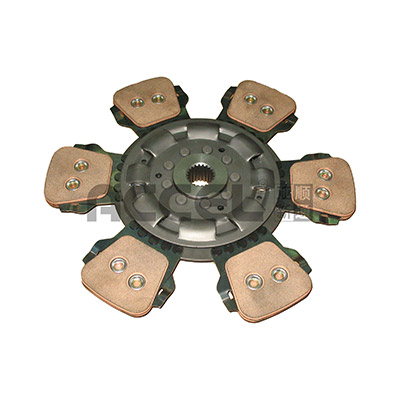Mobile:+86-311-808-126-83
Email:info@ydcastings.com
English
Exploring the Features and Performance of the S300 T3 Turbocharger Housing Design
S300 T3 Turbine Housing A Comprehensive Overview
The S300 T3 turbine housing is a critical component in the performance and efficiency of turbocharged engines, especially in aftermarket applications. As enthusiasts and automotive engineers continue to seek ways to maximize horsepower and torque, understanding the intricacies of turbine housings becomes more vital. This article provides an overview of the S300 T3 turbine housing, its features, benefits, and role in enhancing engine performance.
What is the S300 T3 Turbine Housing?
The S300 T3 turbine housing is designed to accommodate the S300 series turbochargers, which are known for their robust performance and reliability in high-output applications. The T3 designation refers to the flange pattern used for connecting the turbocharger to the exhaust manifold, a common configuration in both factory and aftermarket turbocharging setups. The housing itself is typically made from a high-quality ductile iron or stainless steel, which provides excellent thermal resistance and strength, ideal for withstanding the high-pressure and high-temperature environment found in turbocharged engines.
Key Features
One of the most notable aspects of the S300 T3 turbine housing is its size, which influences the engine's boost response and overall power band. The housing is designed to maximize the flow of exhaust gases while minimizing backpressure, thereby enhancing the turbocharger's efficiency. The internal geometry of the housing is meticulously crafted to optimize the flow dynamics, ensuring that the turbocharger spools quickly and reduces turbo lag, which is a common concern among enthusiasts.
Additionally, the S300 T3 turbine housing often comes with various A/R (area-velocity ratio) options. The choice of A/R affects how the turbocharger behaves across different RPM ranges. A larger A/R provides a higher top-end power but can lead to increased lag, while a smaller A/R offers quicker spool times at the expense of peak power. This flexibility allows tuners to tailor their turbocharger setup to meet specific performance goals, making the S300 T3 an attractive option for a diverse range of applications.
Benefits of the S300 T3 Turbine Housing
s300 t3 turbine housing

1. Increased Power and Efficiency By optimizing the flow of exhaust gases, the S300 T3 turbine housing contributes significantly to overall engine efficiency, resulting in greater horsepower and torque output.
2. Versatility The variety of A/R options and compatibility with various turbochargers make the S300 T3 suitable for a wide range of vehicles, from street cars to race applications.
3. Durability Constructed from high-grade materials, the S300 T3 turbine housing is built to withstand extreme conditions, ensuring longevity and reliable performance even under heavy loads.
4. Improved Responsiveness The design minimizes turbo lag, allowing for quicker throttle response, which enhances drivability and ensures that power delivery is smooth and linear.
Applications and Considerations
The S300 T3 turbine housing is widely used in automotive applications where turbocharging is essential for performance, such as in modified street cars, racing vehicles, and even in diesel truck applications. When selecting this turbine housing, it is crucial for tuners and enthusiasts to consider their specific needs, such as desired power levels and driving conditions, to choose the appropriate A/R ratio.
In summary, the S300 T3 turbine housing represents a blend of engineering excellence and practical functionality. Whether for daily driving or competitive racing, it plays a vital role in enhancing engine performance, making it a popular choice among automotive enthusiasts and professionals alike. Understanding its features and benefits allows for informed decisions when pursuing optimal turbocharger configurations, ultimately leading to a more rewarding driving experience.
-
Premium Fan Housing & Motor Casing for Optimal AirflowNewsAug.31,2025
-
High-Performance Automobile Water Pump & Electric SolutionsNewsAug.30,2025
-
Expert Stainless Steel Casting | Precision & Durable Metal PartsNewsAug.29,2025
-
Precision Metal Castings: Aluminum, Stainless Steel & Die CastingNewsAug.28,2025
-
Superior Aluminum Castings in Automotive Engine PartsNewsAug.22,2025
-
Common Materials Used in Fan Housing ManufacturingNewsAug.22,2025











